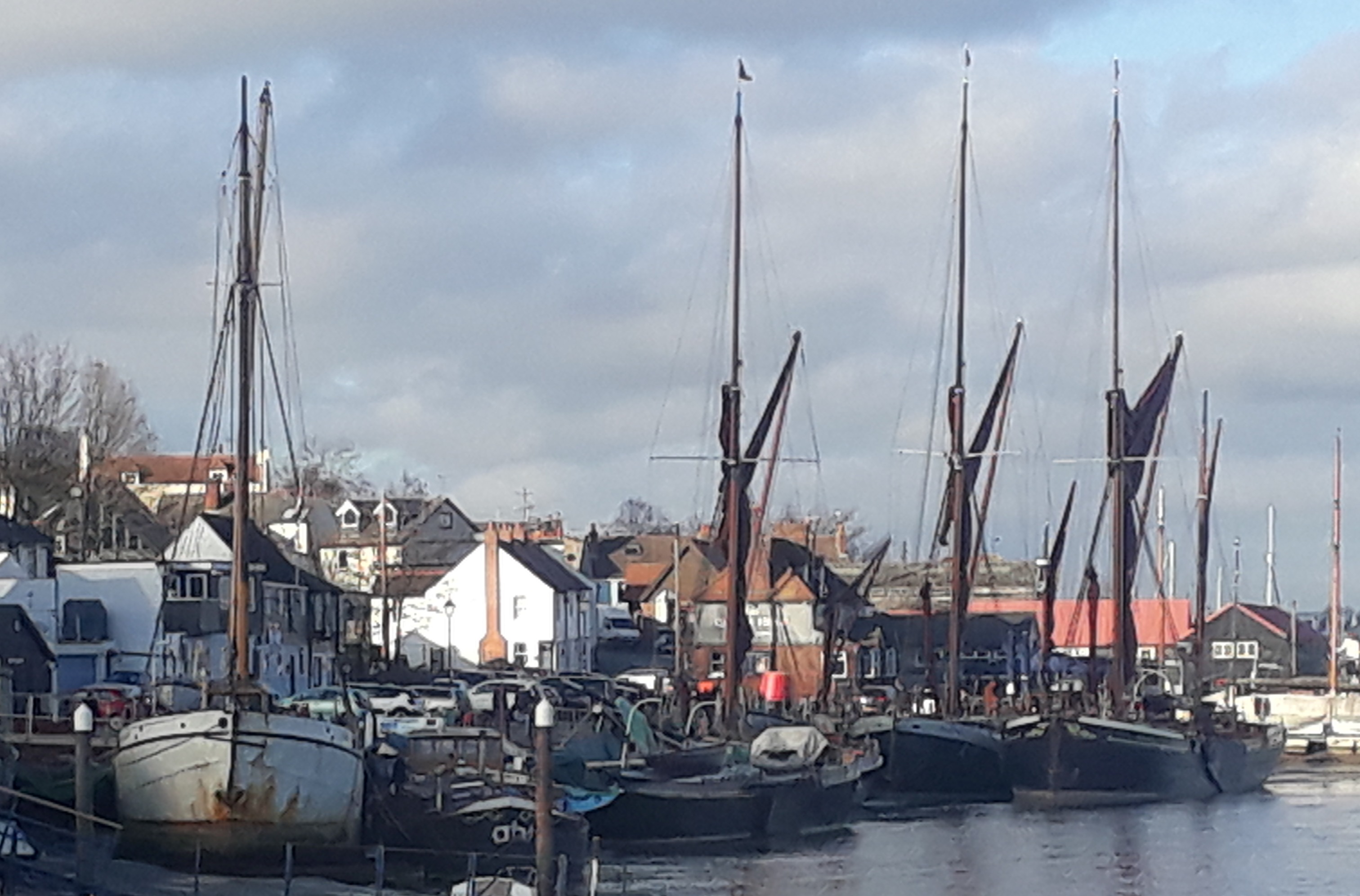Hythe Quay in Maldon, Essex has already been mentioned within our blog, but it deserves a feature of its own. Home of the sailing barge that has become part of Maldon’s living heritage, many of the lovingly restored barges are still used commercially as charter vessels today. The Hythe—as the port is known—was once a separate hamlet, its skyline dominated by the town of Maldon and the prominent tower of St Mary’s Church, which was first built by Saxon settlers and then rebuilt in the twelfth century.
Maldon is special for many more reasons and is often referred to by TV chefs because if its famous salt but its also famed for much more. It hosts the infamous mud race each year, attracting many entrants, including celebrities and raises charitable funds for varying causes.
On 11th August 991, Anglo-Saxon Men of Maldon once stood their ground. Led by Eldorman Britnorth, they formed a militia force at the causeway end of Northey Island. Vikings had settled on the island, where they’d established a temporary base having already pillaged Folkestone, Sandwich and Ipswich. They were ready to attack Maldon.
Britnorth, refusing to pay the Viking invaders to turn their ships and men around to leave instead challenged them to a battle—he even allowed them to cross the causeway between Northey Island and the mainland to do so, while they formed a human shield wall. Awaiting Viking advance, Britnorth and his militia force were pounded with arrows and, when closer, spears into their masses. Close, hand to hand bloody battle combat followed where loss on both sides was heavy. It wasn’t until the death of Britnorth himself that the battle turned in the Viking’s favour.
Why, then, has the Battle of Maldon been etched into our history when the Vikings raided England so many times? The battle itself seems insignificant in that it wasn’t the first time the Anglo-Saxons fought and lost against the Vikings. This battle, however, is referred to within medieval sources countless times, which includes an epic poem with a clear message for the Anglo-Saxon leadership. Thus, it became part of collective memory, and was the first full-scale battle during King Æthelred’s reign. It was also a signal of a troubled and complex time period.
Æthelred, although proving himself to be pro-active in foreign policy with great success after the Maldon battle, his own retainers undermined his every action to keep the Vikings out of England. They betrayed him to the Vikings or began fighting among themselves. On two occasions Æthelred lost a newly built navy due to his own men (992 and 1009) which caused his Viking enemies, especially Sweyn to persecute him, even sending him into exile until Sweyn’s death in 1014. It wasn’t until Æthelred’s own death, in 1016 that Anglo-Saxon England finally comes under the rule of a Scandinavian (Vi)king, Cnut the Great.
by Donna Siggers and David Last
